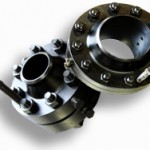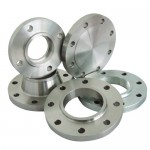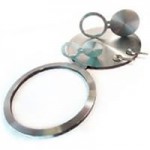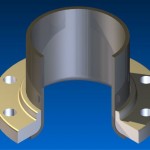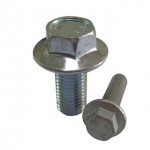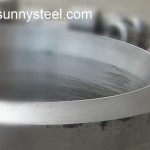About Flanges
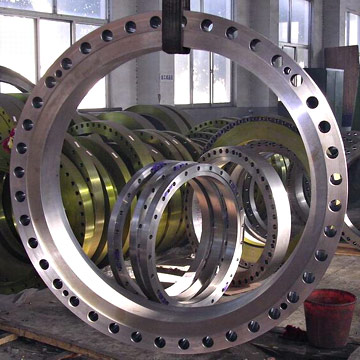
A flange is basically an extension of a structure and usually has holes drilled into it. These holes are placed in the flange to accommodate securing bolts. The flange seals or joins the various parts of the structure.
Function
The purpose of a flange depends on its design. It can be to increase the strength of a structure, such as in the case of an iron beam. These are often used in the construction of houses and buildings. A flange can also be used as a guide for keeping a particular object in place. This is most commonly seen in train wheels, which have flanges on either side to prevent the wheels from changing directions. The most common use of a flange is to help attach objects, such as in pipes. Through the use of these items, the pipes can easily be assembled or disassembled.
Materials
The usual materials of flanges include stainless steel, carbon steel, aluminum and plastic. The choice of the material largely depends on the purpose of the flange. For example, stainless steel is more durable and is necessary for heavy use. On the other hand, plastic is more feasible for use in the home because of its reasonable price and easy installation. The materials used for flanges are under the designation of the American Society of Mechanical Engineers.
Faces
The face of a flange is usually designed to be a tongue and groove, which is a means of attaching two flat pieces to make one single surface. Another example of the design of a flange is the ring joint. This type of flange covers the entire face and includes the internal and external portions of the bolts. Another common face of the flange is the raised face, wherein a part of the face of the flange is elevated around it to seal the flat gasket.
Designs
One of the most common designs of a flange is the welding neck, which is meant to be used in welding a pipe or tubing. Another example is the blind flange. This type is designed to have no opening in the center and is used to close off or seal a connection. A threaded flange has an internal or external thread opposite to its ring groove. Its purpose is to match with a standard threaded pipe.
Standard
Flanges usually follow standards set within the country they are applied, such as those set by the American National Standards Institution (ANSI) and the American Petroleum Institute (API). These standards make the dimensions of the flanges uniform so they can be interchangeable. However, a flange that follows the ANSI or API may not fit into the standards that are followed abroad.

